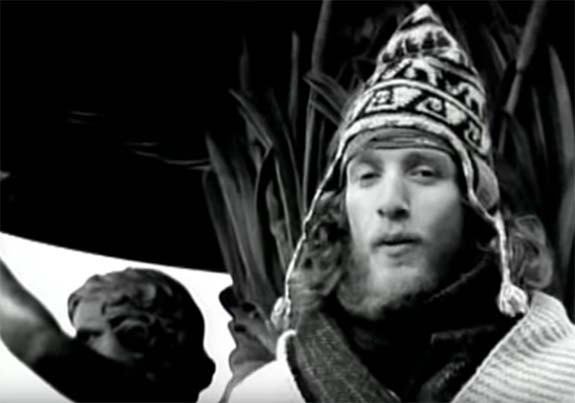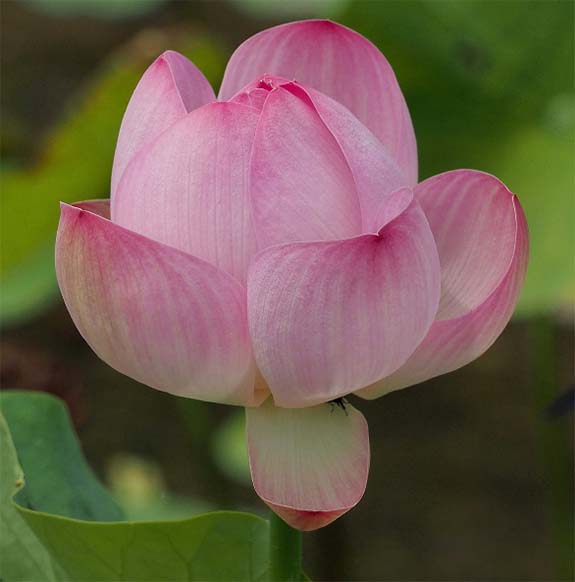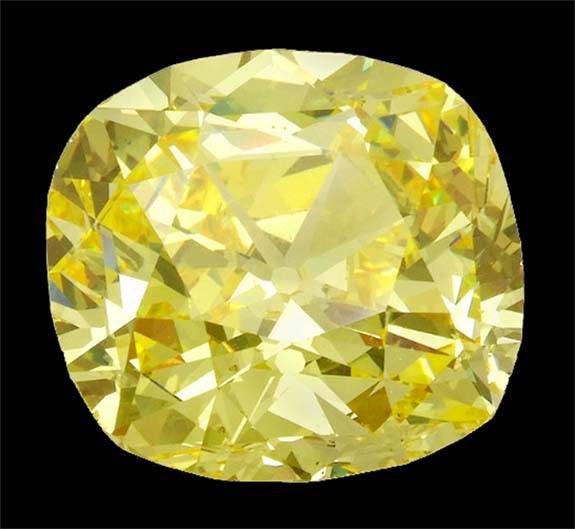Welcome to Music Friday when we bring you hit songs with jewelry, gemstones or precious metals in the title or lyrics. Today, Spin Doctors frontman Chris Barron portrays one of the title characters of the group's 1993 smash hit, "Two Princes."
In the song, Barron and a rival prince are vying for the affection of the same woman. Barron finds himself outmatched by a prince that has diamonds in his pockets. Barron, who claims to have no future or family tree, can only buy her rockets. It's not clear if the rockets refer to fireworks or the figurative idea of an exciting, intense relationship.
He sings, "One, two princes kneel before you / That's what I said now / Princes, princes who adore you / Just go ahead now / One has diamonds in his pockets / That's some bread, now / This one said he wants to buy you rockets / Ain't in his head, now."
Adding to the drama is Barron's impression that if she marries the rich prince her father will condone her. If she marries him, her father will disown her.
Interestingly, Barron wrote the song as a 19-year-old, in 1987, after leaving Bennington College as a freshman. He returned to his hometown of Princeton, N.J., where he worked in a restaurant and started to hone his writing talent. Sitting at the top of the stairs near his rented room, the young man — a fan of wizards, kings and fantasy fiction — jotted down the first lines of the song on a yellow legal pad: "One, two princes kneel before you / Princes, princes who adore you."
At first blush, he felt the lines were stupid. But then he had second thoughts. He was developing a daily writing technique that allowed for the separation between his creative voice and his editing voice.
"The creative voice is just this toddler, who’s running around finger-painting and sticking his finger in an electric socket," he told insidehook.com, "and the editing voice is the bouncer at the bar who throws everybody out at the end of the night." In the beginning, he explained, you want to turn the volume down on the editing voice.
He decided to keep the odd lyrics and his hunch was right. People "went nuts" for the song, according to Barron.
Six years later, "Two Princes" would become the Spin Doctors' biggest hit, reaching #7 in the US, #2 in Canada and #3 in the UK. It also earned the band a Grammy for "Best Rock Performance by a Duo or Group."
The Spin Doctors have been together for more than 30 years and continue to tour. The band members estimate that they've performed nearly 2,000 shows. A seventh studio album is in the works.
Trivia: In 1988, Barron and Spin Doctors guitarist Eric Schenkman originally teamed with John Popper (Blues Traveler) and called themselves the Trucking Company. When Popper left his part-time gig with the band to focus on Blues Traveler, the remaining band members rebranded themselves as the Spin Doctors, adding Aaron Comess (drums) and Mark White (bass guitar) by the spring of 1989.
Please check out the video of Chris Barron and the Spin Doctors performing "Two Princes." The lyrics are below if you'd like to sing along...
"Two Princes"
Written by Chris Barron, Mark White, Eric Schenkman and Aaron Comess. Performed by Spin Doctors.
One, two princes kneel before you
That's what I said now
Princes, princes who adore you
Just go ahead now
One has diamonds in his pockets
That's some bread, now
This one said he wants to buy you rockets
Ain't in his head, now
This one he got a princely racket
That's what I said now
Got some Big Seal upon his jacket
Ain't in his head now
You marry him, your father will condone you
How 'bout that now
You marry me, your father will disown you
He'll eat his hat, now
Marry him or marry me
I'm the one that loved you baby can't you see?
Ain't got no future or family tree
But I know what a prince and lover ought to be
I know what a prince and lover ought to be
Said if you want to call me baby
Just go ahead now
And if you like to tell me maybe
Just go ahead now
And if you want to buy me flowers
Just go ahead now
And if you like to talk for hours
Just go ahead now
Said one, two princes kneel before you
That's what I said now
Princes, princes who adore you
Just go ahead now
One has diamonds in his pockets
And that's some bread, now
This one who wants to buy you rockets
Ain't in his head, now
Marry him or marry me
I'm the one that loved you baby can't you see?
Ain't got no future or family tree
But I know what a prince and lover ought to be
I know what a prince and lover ought to be
Said if you want to call me baby
Just go ahead now
And if you like to tell me maybe
Just go ahead now
And if you want to buy me flowers
Just go ahead now
And if you like to talk for hours
Just go ahead now
And if you want to call me baby
Just go ahead now
And if you like to tell me maybe
Just go ahead now
And if you like to buy me flowers
Just go ahead now
And if you like to talk for hours
Just go ahead now
If you want to call me baby
Just go ahead now
And if you like to tell me maybe
Just go ahead now
If you want to buy me flowers
Just go ahead now
And if you like to talk for hours
Just go ahead now
Oh Baby!
Just go ahead now
Oh!
Just just go ahead now
Oh, your majesty!
Just go ahead now
Come on forget the King who... marry me!
Just go ahead now
Come on, come on, come on
Just go ahead now
Go ahead now
Just go ahead now
Credit: Screen capture via YouTube.com.






